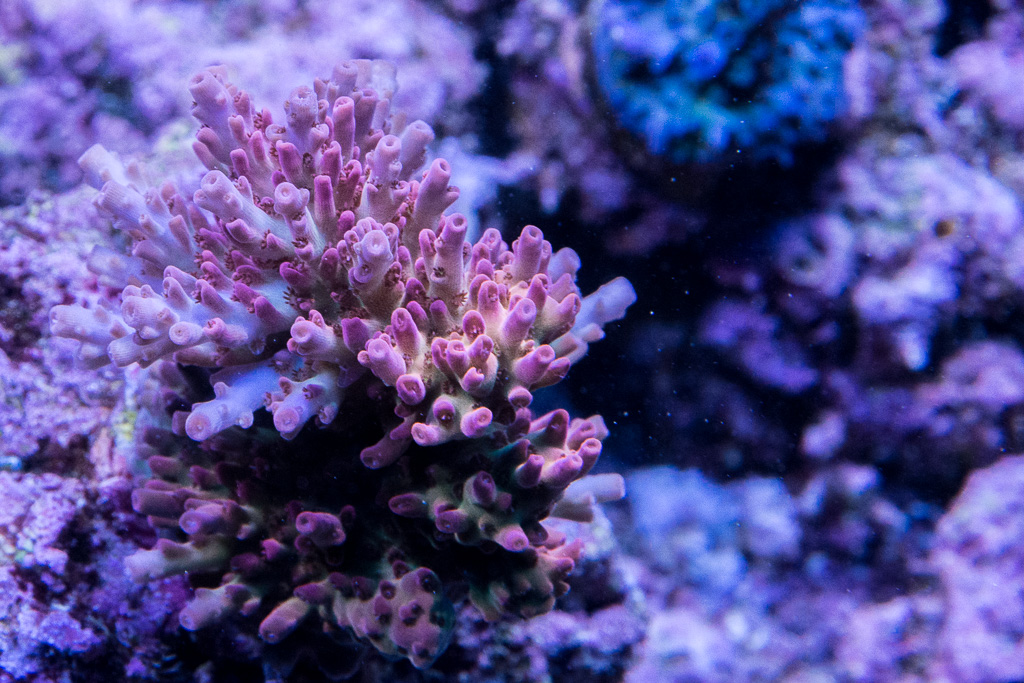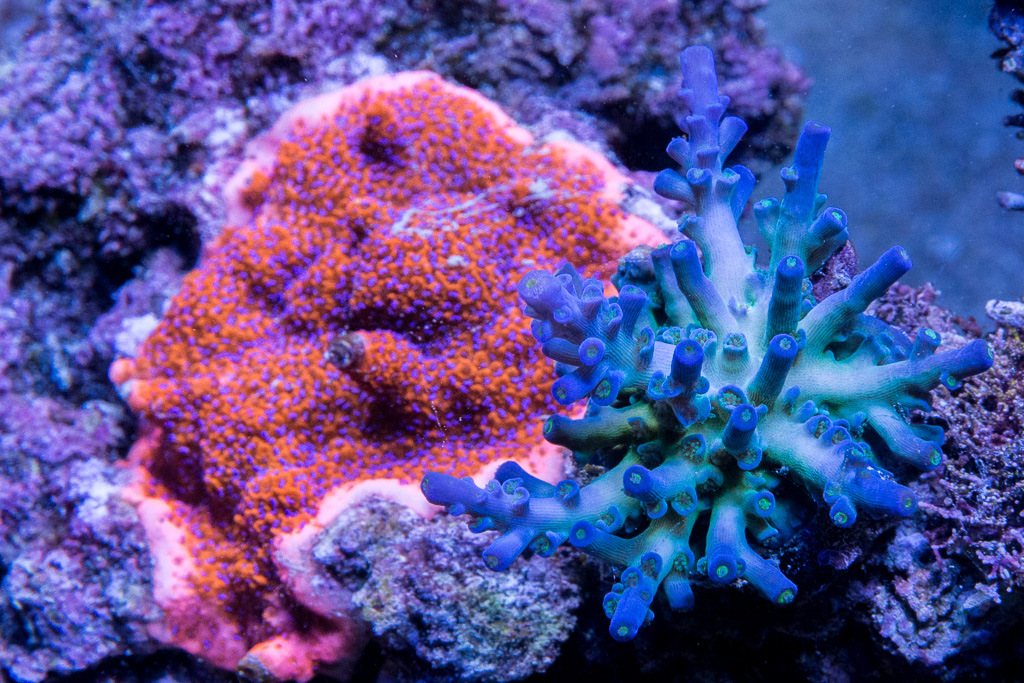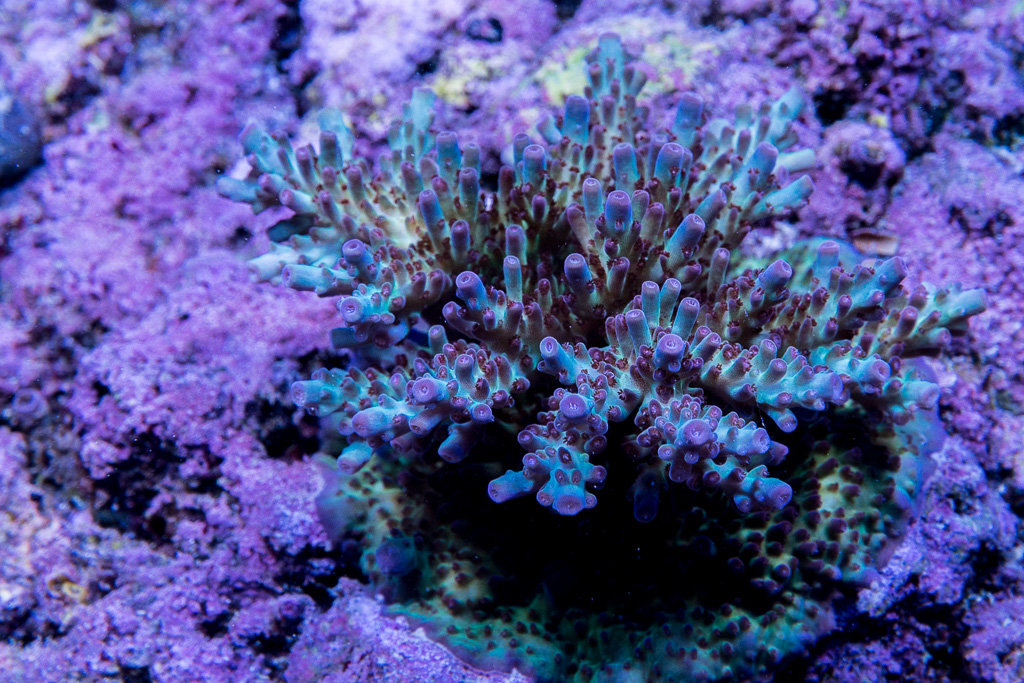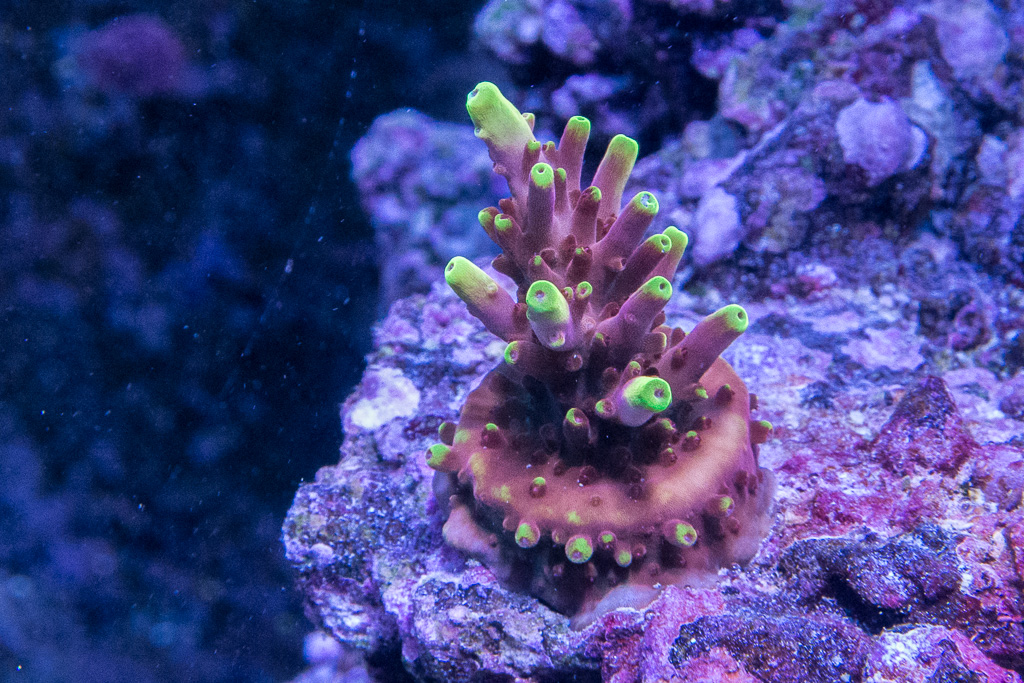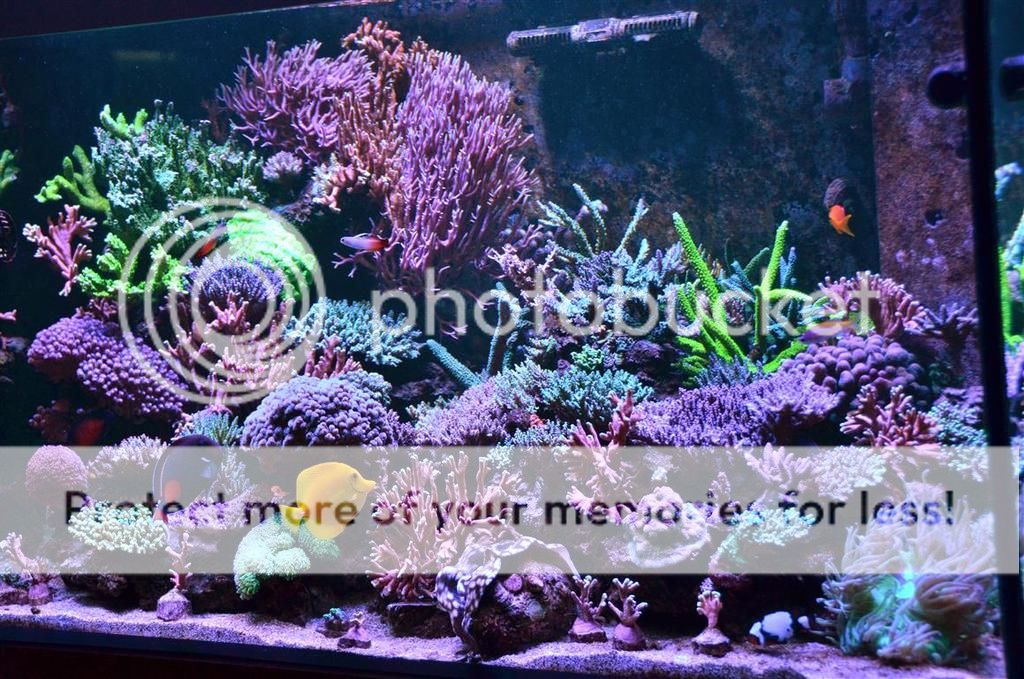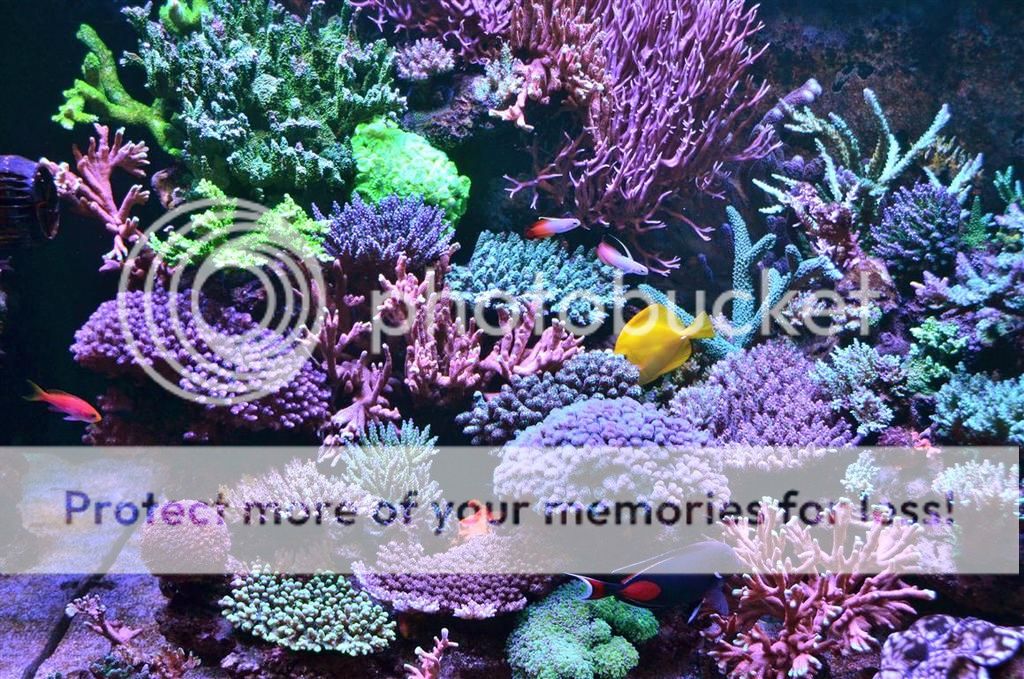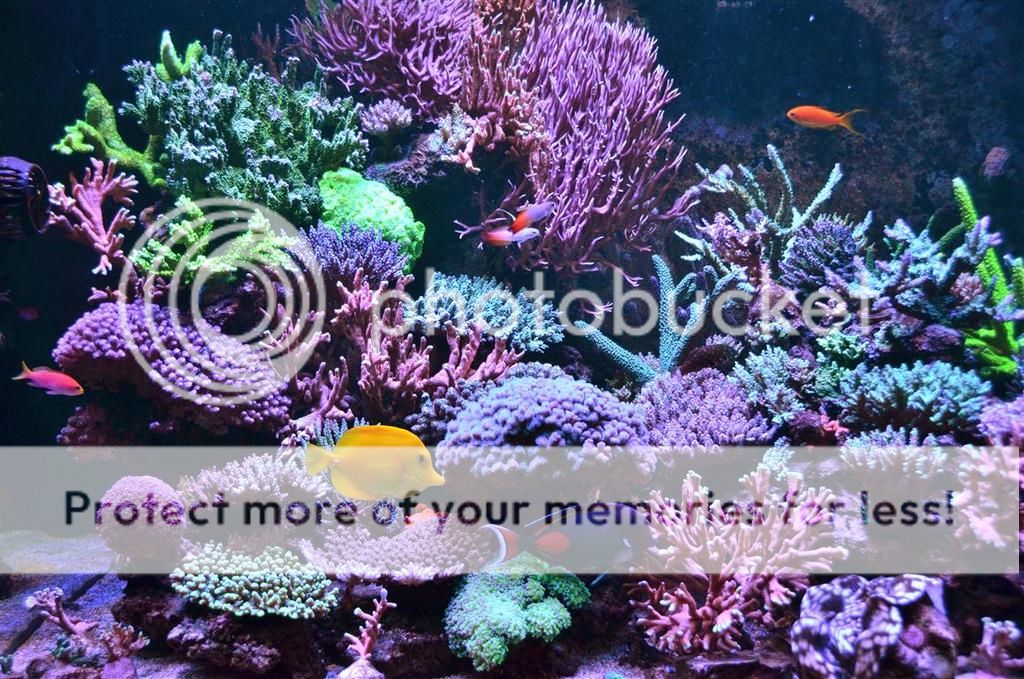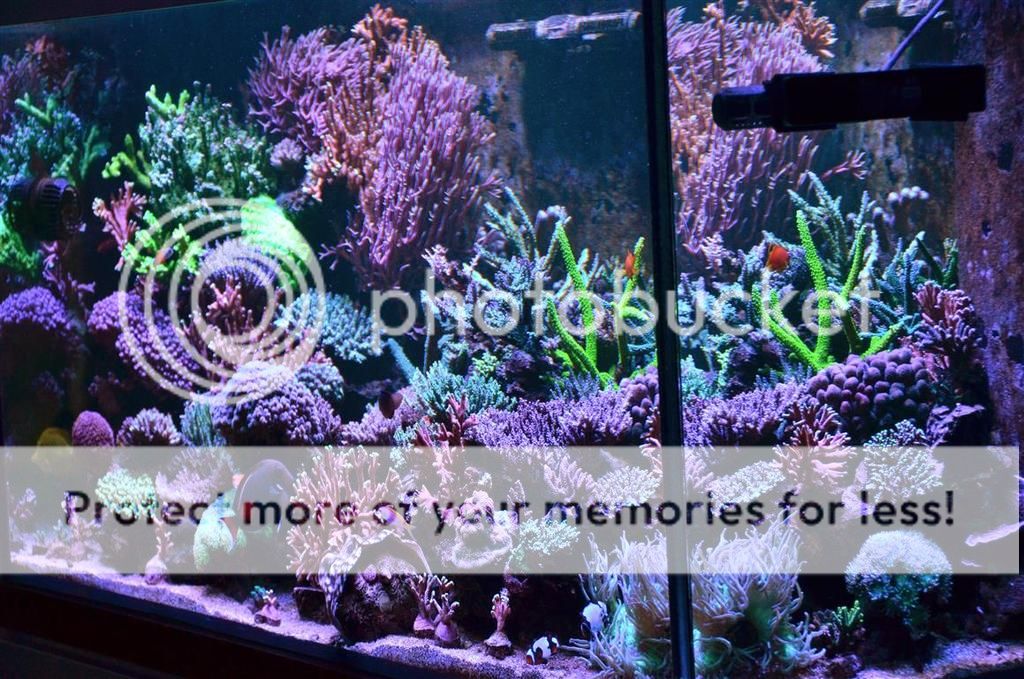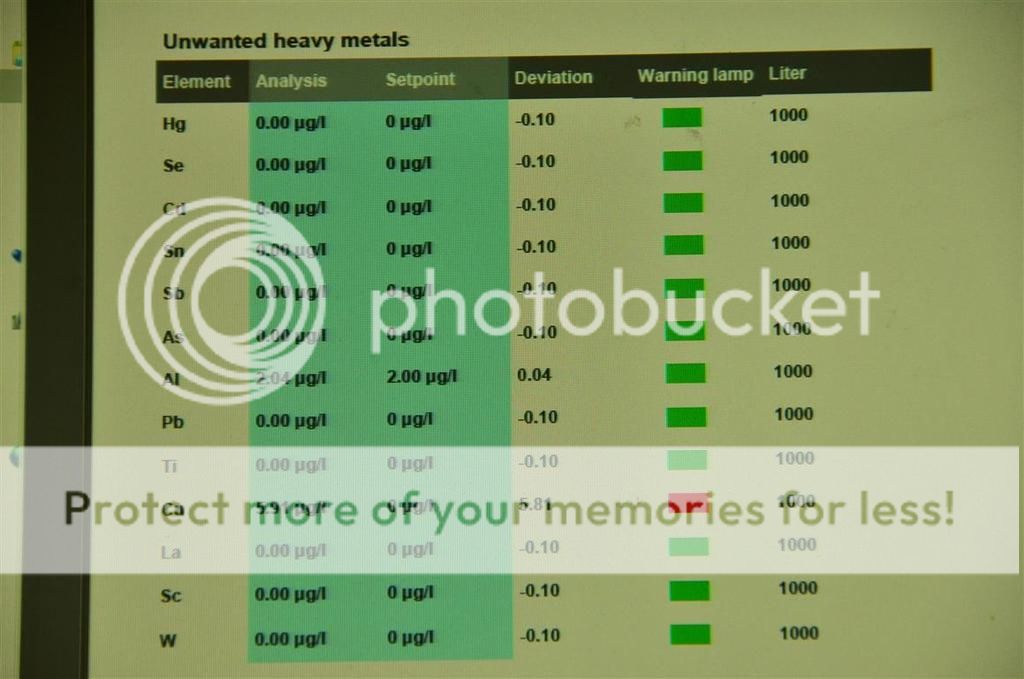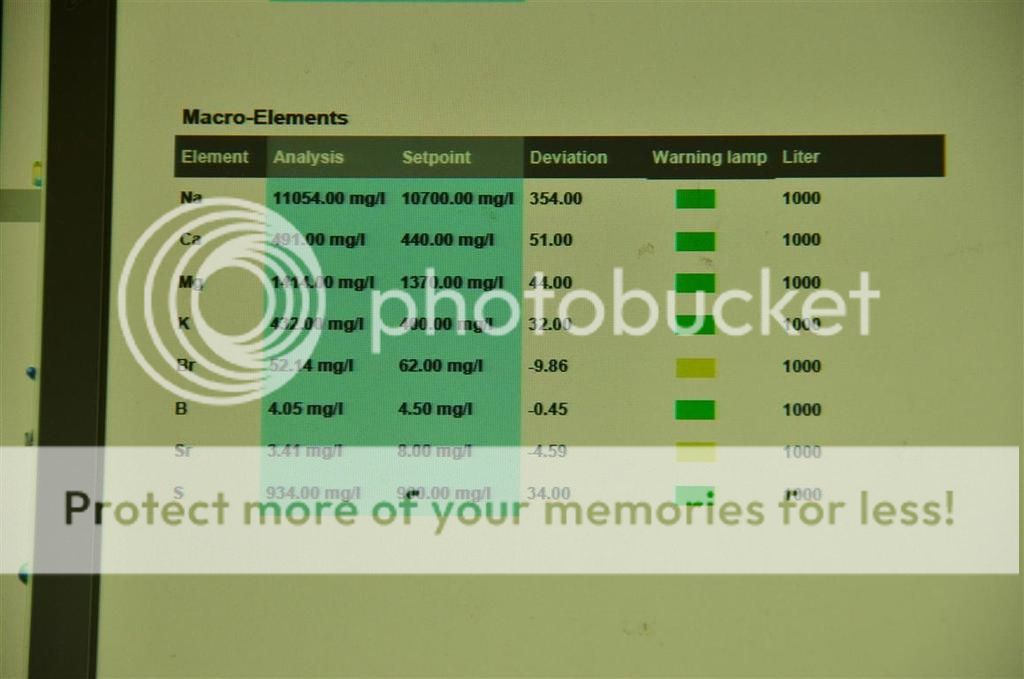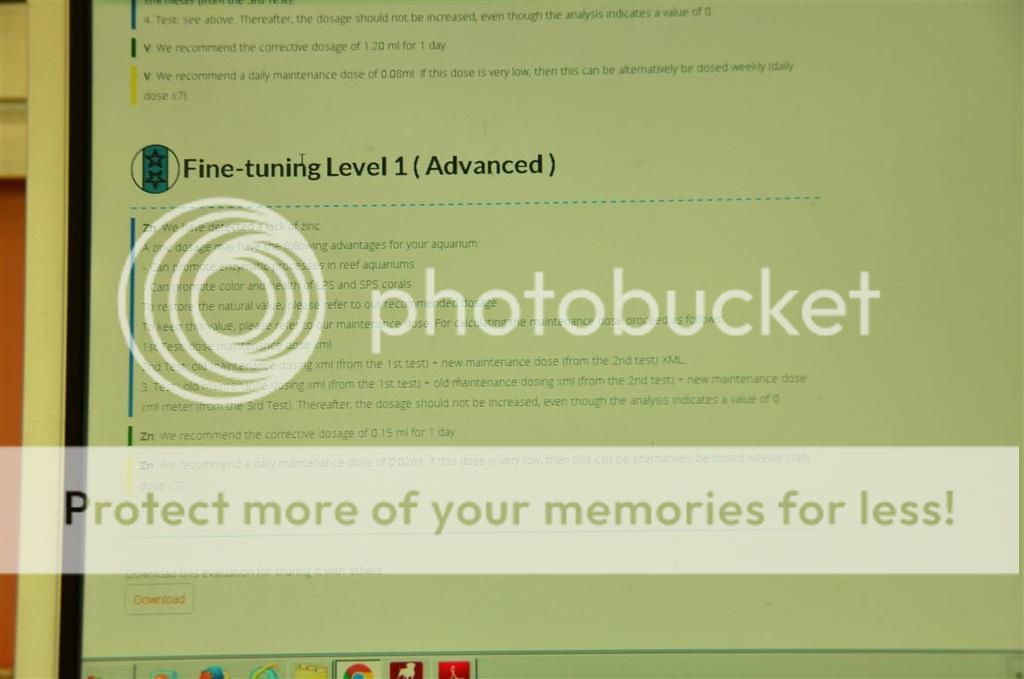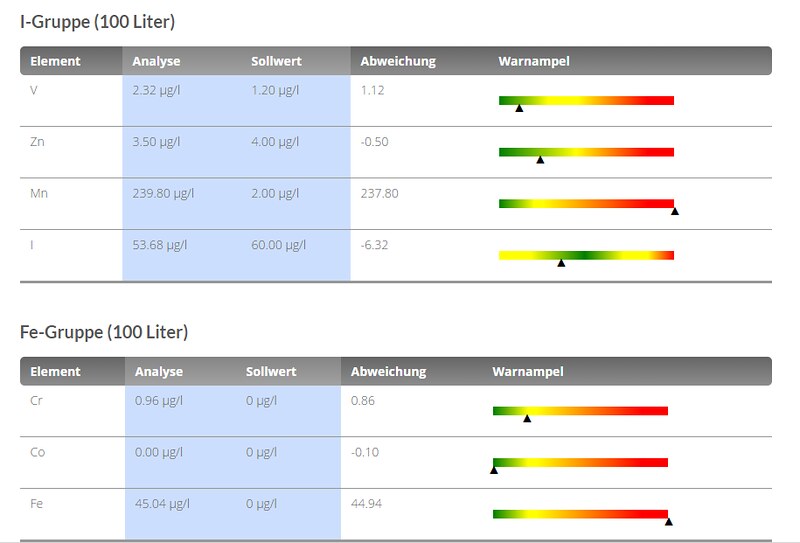I think there are many way to keep a successful tank. Keeping nitrates and phosphate at the proper levels is a main goal of almost all these methods. From there it is about getting the proper trace elements to corals, for this forum specifically SPS. I am less concerned about N, P and the other big 3 alk/Ca/Mg as there are pretty easy to hit whatever the targets the reefer aims for.
I think we are in agreement that getting to know what the most important elements are for SPS would be great. To that I have been trying to come up with a mix of elements to dose and some amount that seem to work. I would love for some other to try and see what kind of results they get as well. The goal is to get the dosing of elements out of the hands of companies selling us magic in a bottle and into the hands of hobbyist with a real understanding of what we are doing and why it is working. The elements I am currently using in my SPS tank are, Sr, Mn, Zn, and I.
Joe.
I'm responding mainly for discussion purposes.......I'm very glad things are going well for you, if you're happy keep keepin on.:thumbsup:
I hear you and am right with you I just have issues with the accuracy of Tritons tests in regard to Mn and Zn.
How can you track micro metal elements if the tests give inaccurate readings? Have you tried to verify the results your getting as I mentioned in the other forum?
http://enclabs.com/
Are you still getting zero readings from Triton on Mn levels? Most tanks I see get zero
This is where some of my issues lie with dosing some of these micro elements. I'm okay with using Triton to back check hobbyists kits on more major elements for trending.
I believe Fe is more important that those micro metals. Glenn doesn't dose or focus on them and he's had a flourishing reef for years with his DSR(Dutch Synthetic Reef) method. He basically uses hobbyist kits and doesn't rely on ICP tests. He has plenty of Acropora in his system.
The link below shows how important Fe is.......the dino can mix/match Mn, Zn and Cu depending how much of each is available, but without good iron levels you're screwed.
http://www.ncbi.nlm.nih.gov/pmc/articles/PMC4744903/
What I'm getting at is someone could be dosing those micro metals maybe even overdosing and still have acros suffering/dying.
Where I'm at right now, I'm not convinced that dosing those minor trace elements is important for most Sps systems.
When I look back at the timeline and issues with your system your last test showed zero Fe just before you started the Triton system.
Long story short since your reboot I think your Arid sucks up iron, trace metals at a rapid rate stealing from the acros. So much so that your normal water changes & your calcium reactor couldn't keep up.
Everything points to that.........add Brightwell trace chaeto responds........add Triton elements chaeto responds positively again.
I don't know what Triton's basic elements have in them but I wouldn't be the least bit surprised if there was some Fe in there.
Interestingly enough, a few of the Triton tests Ive seen with fresh mixed IO have zero Fe.
In a lot of systems with a good fish load & a calcium reactor the trace elements can be kept at sustainable levels. Or one of the commercial bio dosing systems like Bacto balance that has some trace metals in the mix. Imo, the algae filters take all that away.
This has some table that show how much Mn and Zn are some of the foods we feed our fish.
http://www.reefkeeping.com/issues/2003-04/rhf/feature/
That's why I don't like Triton's basic setup............they push algae filters and if you follow it, of course those elements will be depleted as the algae filter is taking it away.
There many findings and articles that show how many trace elements are taken up by algae.

